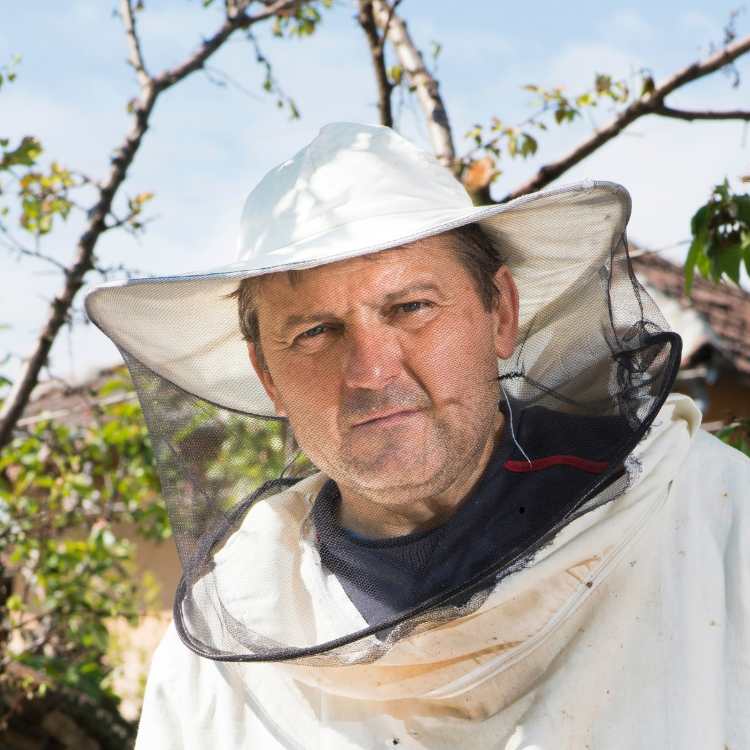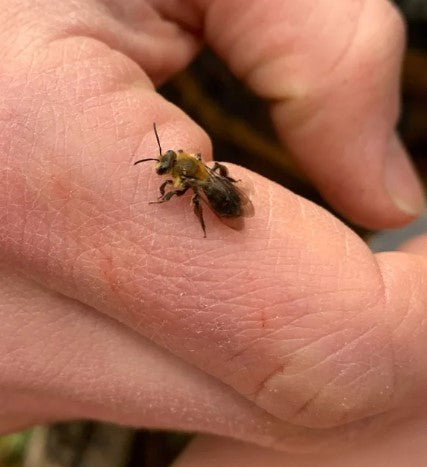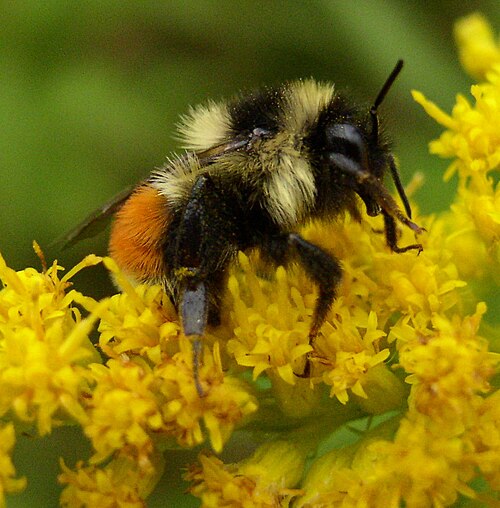People, when they start talking about pollinators, what they usually want to talk about are honeybees. But if you are only thinking about honeybees when you hear bees in Arizona, you are missing out entirely on the real story.
The state of Arizona is a global hotspot for bees. With over 1300 native species buzzing through its deserts, mountains and backyards, the state is home to the greatest bee diversity in all of the United States, possibly even the world. Walk through the Sonoran Desert and you are surrounded by specialists: cactus bees tunneling in the sand, longhorn bees chasing palo verde blooms, and metallic green sweat bees slipping into cactus flowers. This is not just a side note in pollinator science. Bees in Arizona are the main event.
Arizona’s solitary bees
Forget honeycomb hives and queens for a moment. Most native bees in Arizona don’t live in colonies and don’t make honey. They don’t even bother with combs. Instead, they choose to dig their nests in the ground, hide in plant stems or use holes carved out by beetles. These solitary bees go unnoticed because they don’t swarm and very rarely sting. But these species of bees in Arizona are constantly working by pollinating native plants, wildflowers and even some food crops more effectively than European honeybees.
Take the cactus bee (Diadasia rinconis) for example. This fuzzy desert dweller has one job: pollinate cacti like prickly pear, saguaro, and cholla. They time their emergence with cactus blooms and vanish once their work is done.
Bees in Arizona have evolved deep, ancient relationships with desert plants. Some species can only survive where their host flower grows. If that plant were to disappear, so would its bee.

What’s buzzing around Tucson?
Tucson has become a major hub for native bee research. Scientists, students and volunteers with the Tucson Bee Collaborative have cataloged over 16,000 bees in the Tucson basin. DNA barcoding and community science have helped us slowly piece together the full picture of bee biodiversity here. It is a real race against time, since climate change and habitat loss threaten these pollinators before we even finish naming them all.
That’s the other thing about bees in Arizona: they are severely under-studied. We are still pretty much in the dark about the total number of bee species that live here. New discoveries are happening almost every year. And many of these species exist only in small, specific groups. You can hike through the canyon and unknowingly step over one of the rarest bees on the planet.Misunderstood and underappreciated
The average person might be afraid of the bees or mistake them all for aggressive stingers. However, this can be very far from the truth. Most of the native bees in Arizona are known to be docile. Most will not even bother defending their nests. They are far too busy gathering pollen, flying low across the desert floor, or navigating between creosote and brittlebush. Some species, like leafcutter bees, will neatly snip out circles from leaves to build waterproof cradles for their larvae. Others use mud, resin or flower oils.
You have probably seen carpenter bees drilling into agave stalks or longhorn bees hovering over thistle. Maybe a sweat bee landed on you, drawn by the salt in your skin. Each has a role. Each helps the desert bloom.
Want to help? Start small
If you live in Arizona, chances are you have got a few native species buzzing in your yard. Most of them need two things: native plants and bare ground. Don’t mulch everything. Leave some open soil. Skip the use of pesticides. Plant brittlebush, globe mallow, or even desert marigold.
Think like a bee. Bees in Arizona evolved with this land. Give them what they recognize.The bottom line
Bees in Arizona are wild, weird and most importantly, essential. They come in multiple sizes and color. Most work solo and will rarely sting until you choose to pick an unnecessary fight. These guys have been here longer than we humans have and therefore know this landscape better than even the brightest biologist. Want to start understanding the desert? You have to start by watching its bees.
You can also get involved. Join our community and follow our complete blog here. Tell your friends and family about the difference between honeybees and native bees. The more people who understand what’s buzzing out there, the better chance we have of protecting them.





